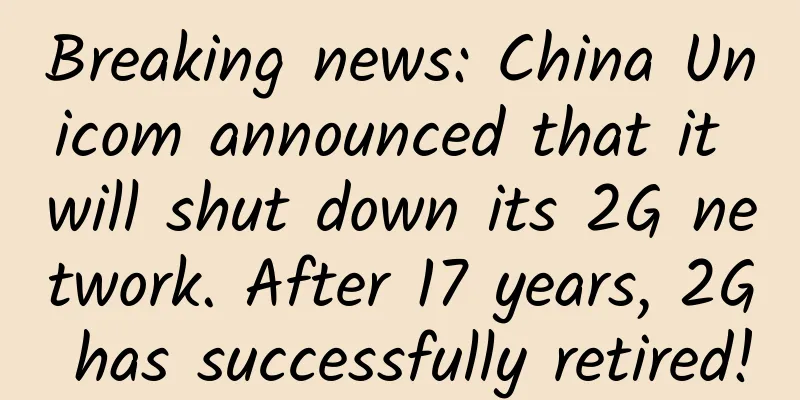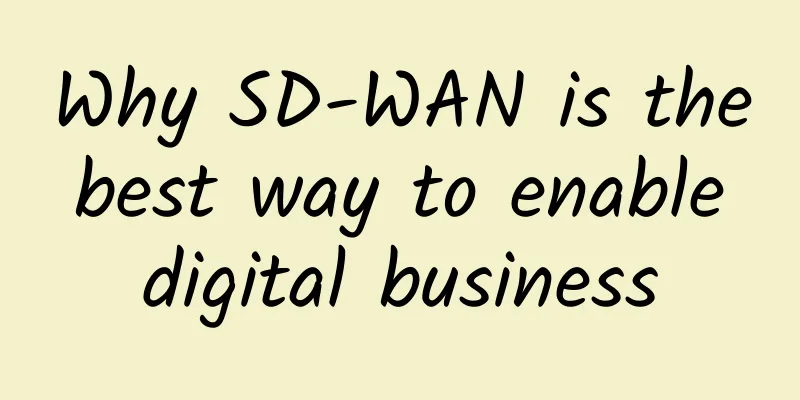Mobile layout: Do you enter from a single point or start with the platform?

|
Mobility has become a standard feature of enterprise informatization. However, when deploying specific mobile applications, enterprise CIOs often have different opinions: Should we start with platform planning or single application? The 2017 Enterprise Mobile Informatization White Paper released by Cloud Adaptive at the beginning of the year shows that 57.1% of enterprise mobility strategies start with pilot applications. Recently, Cloud Adapt invited enterprise CIOs to have a heated discussion on this topic. We found that as time goes by, enterprise CIOs seem to be more enthusiastic about directly building a mobile work platform. However, many enterprise CIOs still believe that a single point of entry targeting key pain points is the correct way to open up mobile.
Single point entry In China, mobile informatization often starts with single-point applications. CIOs believe that if they start with platform construction, the transformation time will inevitably be prolonged because it involves all aspects, and the effect cannot be seen in time. On the other hand, mobileization is like "crossing the river by feeling the stones". It is not realistic to do top-level design directly. "Building the platform first will scare the boss." Many CIOs have such concerns. After all, there are very few companies that can invest a lot of budget to build a platform before obtaining significant benefits. Jack said that a single application is easier to enter and should be more suitable for mature enterprises. He also admitted, "There is nothing wrong with building a platform first, but the actual situation is inevitably not satisfactory. At present, there are few mature platforms and enterprises have few choices. Secondly, the platform involves a large number of aspects. If it does not fit well, the consequences will be fatal." "There are many cases of failure in ERP implementation in large domestic enterprises," said Jack. "Whether it is an application or a management system, the core purpose is to serve the business of the enterprise and must be compatible with the business process of the enterprise." He believes that excessive pursuit of big and comprehensive can easily lead to project failure. If the internal business processes and personnel of an enterprise undergo too much information technology reform in a short period of time, it is easy to put the cart before the horse: "Should we change the software to adapt to the enterprise, or change the mature business processes of the enterprise to adapt to the software?" Platform First Chen has a different view. He believes that mature businesses are mature in a non-mobile environment, not absolutely mature. They are just businesses and users who are familiar with them. He is a supporter of the "mobile platform first" approach. Regarding the familiarity of enterprises and users, he said: "People are lazy. We cannot say that system users will not go mobile just because they are used to BS or CS!" One of the main reasons why the "platform faction" insists on platform first is the problem of information islands. Once the early stage of informatization planning is not in place and a single application is implemented first, it is easy to fail to integrate all systems in the later stage, resulting in information islands. In terms of thinking, the platform comes first; in terms of action, a single point of entry Regardless of whether it is platform-first or single-point entry, although CIOs have different views on this, they have reached a consensus on the same point, that is, mobile informatization requires methods and approaches. "How to guide users to actively move to mobile is a difficult point, and it is also the current homework of CIOs," Chen said. This may be a difficult problem faced by CIOs in practice. They not only have to choose the best tools, but also guide front-line employees and management to use these tools and form a good cycle. If any link goes wrong, the information construction of that part will become useless. Although he is a "platform first" person, he also agrees that a single system can highlight the advantages of mobility in the specific implementation process: "Mobile planning should be done first, and then key business points should be grasped to make the mobile single point play a role, generate benefits, and gain recognition from business departments. Then use this as a breakthrough to expand business coverage, form a value chain (line), and finally form a surface! Once the value of information becomes a surface, cloud computing and big data will naturally form!" As for publicity, single-point publicity is often more intuitive than platform publicity, and it is easier for management and employees to see further value. Should CIO be the company's "firefighter"? Jack said that IT system managers are the fire brigade, and emergency measures are their daily work. Chen agreed: "Emergency measures for emergencies are a must." However, he also said, "The possibility of fire should be reduced to the lowest possible level in the planning! This way, there will be less firefighting, and information technology talents will have more time to care about business difficulties and pain points. Prevent fires from starting at the source!" As more and more companies begin to "embrace" mobility, CIOs, as the front line of construction, face increasingly daunting challenges. During the discussion, CIOs all reached a consensus that mobile information construction is not just a simple management of mobile devices and mobile applications. The mobile information strategy within it is the real "dragon-slaying sword." Of course, whether the mobile layout is a "single-point entry" or a "platform first" inevitably involves the issue of enterprise IT budget. Many CIOs believe that enterprise IT construction is like project investment. Only when CIOs understand business processes and needs better than business personnel and think about problems from the perspective of helping the company to jointly develop new businesses, can they make the boss open his arms and warmly welcome informatization. About Cloud Adaptation AllMobilize Inc. is a global leading provider of enterprise browsers and mobile solutions, supported by Microsoft Ventures and invested by top venture capital firms such as Fortune Ventures, Morningside Ventures, IDG Capital, and Tianchuang Capital. AllMobilize has a number of international patented technologies, including "one line of code" technology and "intelligent perception rendering engine" technology. Through the one-stop service of "unified mobile work platform + security management platform + adaptation development platform", AllMobilize can help governments and enterprises quickly realize the transformation to intelligence, digitalization, and mobility. |
<<: How edge computing and fog computing change the way IoT is used
Recommend
Public cloud + 5G core network, is the wolf really coming?
This article is reprinted from the WeChat public ...
China's 5G user numbers exceed 100 million, three major operators announce June results
[[334500]] Recently, China Mobile, China Unicom a...
Why 5G Private Networks Are Critical to Enterprise Digital Transformation
Today’s enterprise manufacturing facilities are u...
The Complete Guide to WiFi Penetrating Walls
[[250378]] 1. WiFi Penetration Through Walls: Que...
Sharktech: 1Gbps unlimited traffic high-defense server starting at $79/month, 10Gbps unlimited traffic starting at $329/month, data centers in Los Angeles/Denver/Netherlands
Sharktech continues to offer 10Gbps port server s...
A story about computer network concepts: gateway, DHCP, IP addressing, ARP spoofing, routing, DDOS, etc.
What is the role of a host computer gateway? Supp...
How does private 5G impact Industry 4.0 transformation?
Private 5G networks have become very popular as r...
3GPP approves first 6G standard project: China Mobile leads, over 90 companies support
On September 12, a landmark 6G research project w...
Beware of these pitfalls when buying wireless routers: Gigabit Ethernet ports and 5GHz are the most critical
315 is coming soon, and various consumer rights p...
How to improve the energy efficiency of communication construction?
In recent years, as the demand for connectivity c...
How 5G can help realize massive IoT
When discussing the coming 5G era, attention is o...
From military industry and national defense to commercial aerospace, what has Kunyu Lancheng, a private "special forces", learned?
[51CTO.com original article] At the beginning of ...
Interesting explanation of bearer: PTN and IPRAN in one article
The "old-fashioned" old boss—SDH The tr...
9 misunderstood truths about 5G that many people have gotten wrong
1. Does 5G base station have high radiation? 5G, ...
Innovatively implement ultra-high bandwidth logic interconnection within FPGA using on-chip high-speed network (2D NoC)
An example of using NoC to optimize encryption an...









